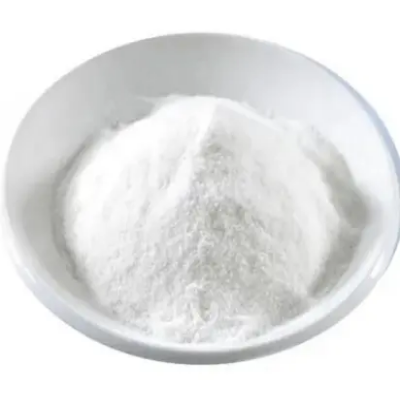Dibutyl maleate CAS:105-76-0
Dibutyl maleate (DBM), with the molecular formula C₁₄H₂₆O₄, is a significant unsaturated ester derived from the reaction between maleic acid and butanol. This compound boasts two butyl groups attached to a maleate moiety, contributing to its unique chemical properties and versatile applications across various industries. One of the key uses of dibutyl maleate is as a plasticizer. Plasticizers are additives that improve the flexibility, workability, and durability of polymer materials. By incorporating DBM into polymer formulations, manufacturers can enhance the elastic properties of materials used in applications such as automotive parts, flooring, and packaging. Its effectiveness as a plasticizer makes dibutyl maleate particularly valuable in producing polyvinyl chloride (PVC) and other thermoplastic materials. In addition to its role as a plasticizer, dibutyl maleate is utilized as a solvent in the manufacturing of coatings, adhesives, and sealants. The compound’s low volatility and excellent solvency properties allow for improved application characteristics and performance of these products. As a solvent, DBM facilitates better dispersion of pigments and fillers, contributing to enhanced aesthetic qualities and stability in finished goods. Moreover, dibutyl maleate serves as a reagent in organic synthesis, where it can participate in various chemical reactions. Its reactive double bond allows for Michael additions, Diels-Alder reactions, and other transformations, leading to the formation of diverse chemical compounds. This capability extends its utility beyond industrial applications to research and development, where it is employed in creating novel materials and pharmaceuticals. Despite its numerous advantages, dibutyl maleate presents certain safety concerns. Like many chemical compounds, DBM can pose health risks if inhaled or absorbed through the skin. Exposure may lead to irritation, respiratory distress, or other adverse effects. Consequently, proper safety precautions, including the use of personal protective equipment (PPE), good laboratory practices, and adequate ventilation, are essential when working with dibutyl maleate. Additionally, regulatory scrutiny surrounding the environmental impact of dibutyl maleate highlights the importance of responsible usage. Awareness of potential ecological effects has led researchers to explore greener alternatives and more sustainable methods for synthesizing and utilizing dibutyl maleate. These initiatives aim to minimize harmful impacts on ecosystems while maintaining the desirable performance attributes that make DBM valuable in various applications. In conclusion, dibutyl maleate is a versatile compound with significant applications in plastics, coatings, adhesives, and organic synthesis. Its effectiveness as a plasticizer and solvent underscores its importance in enhancing material properties across multiple industries. However, attention to safety and environmental impact is crucial, necessitating careful handling and ongoing exploration of sustainable practices in its usage. Continued innovation in this field will ensure that dibutyl maleate remains a valuable resource while prioritizing health and ecological considerations.



| Composition | C12H20O4 |
| Assay | 99% |
| Appearance | white powder |
| CAS No. | 105-76-0 |
| Packing | Small and bulk |
| Shelf Life | 2 years |
| Storage | Store in cool and dry area |
| Certification | ISO. |






![(2S,3R,4R,5S,6R)-2-[4-Chloro-3-(4-ethoxybenzyl)phenyl]-6-(hydroxymethyl)tetrahydro-2H-pyran-3,4,5-triol CAS:461432-26-8](https://cdn.globalso.com/xindaobiotech/NIQ7288PPWVEXNL@IMY246.png)


